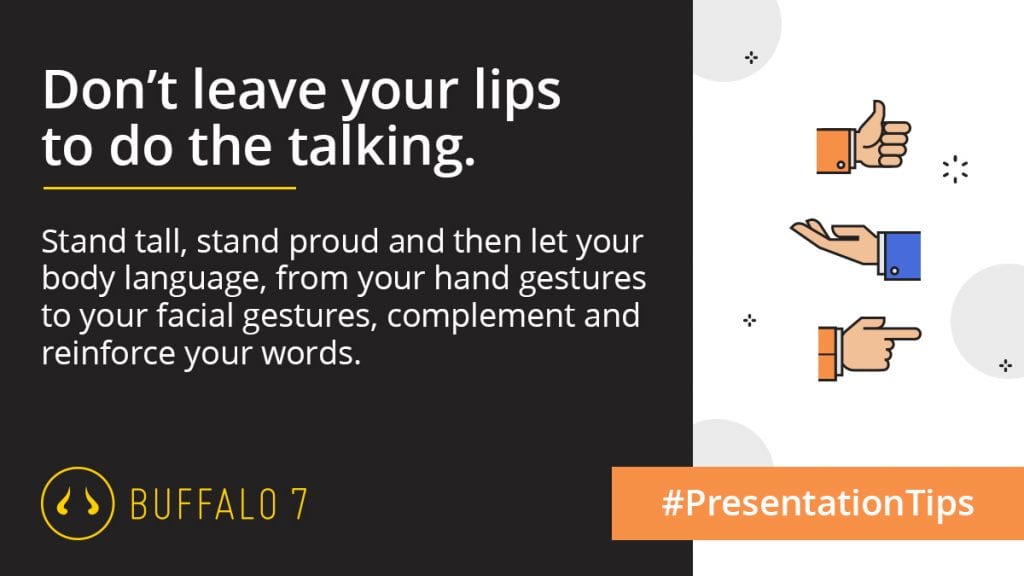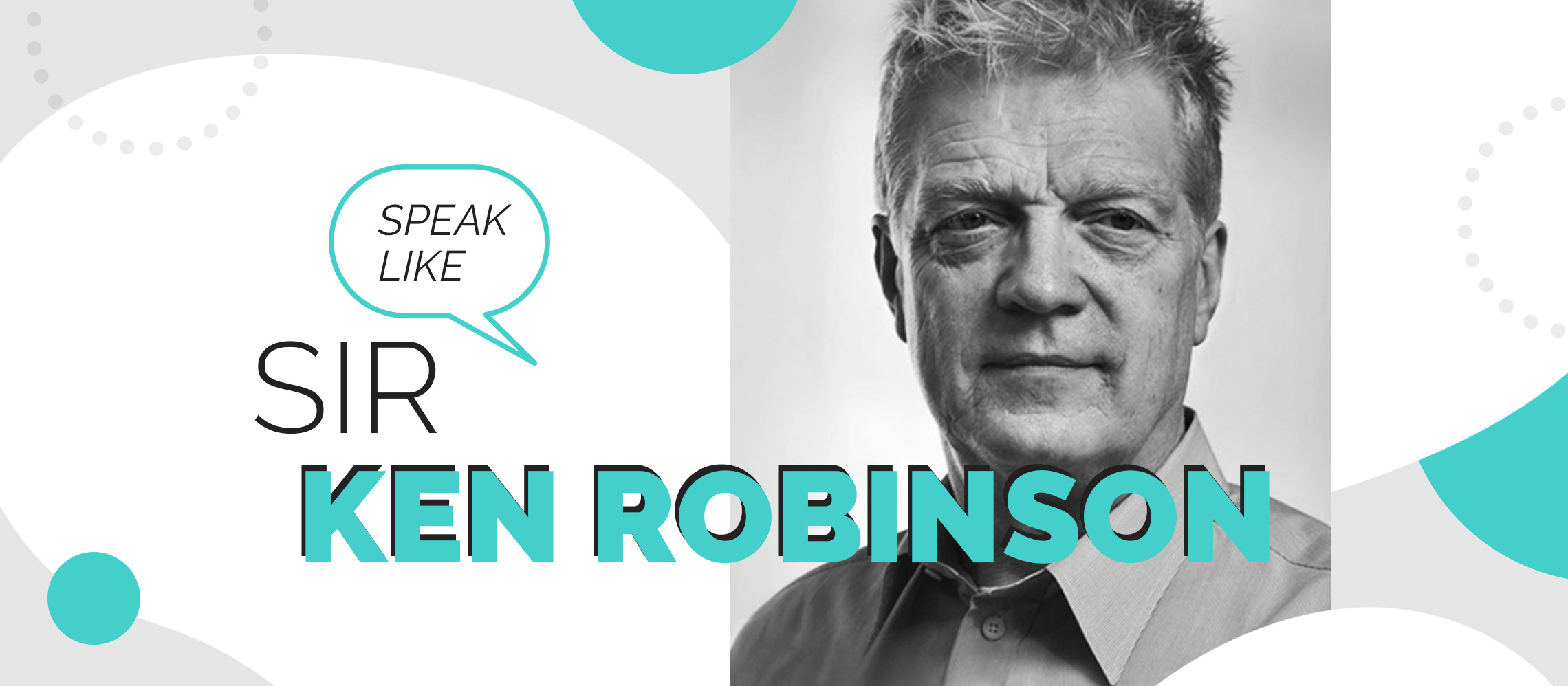TED Talks have become the universal barometer for presentations. We can credit the phenomenon for bringing the gold standard to the world, pushing the impact of minimalistic slides and short, snappy presentations.
TED.com hit its one billionth video view all the way back in 2012, and Sir Ken Robinson certainly helped them to reach this milestone. First aired in 2006, Do schools kill creativity? has been viewed over 40 million times. With an extensive background in education, Robinson shocks the audience with suggestions that the way the education system is currently set up is actually squashing all creativity out of our children, and only supporting traditional forms of intelligence.

This subject matter will hit home for many parents watching the performance, as their children’s wellbeing is their number one priority. To hear that the system they entrust most of their children’s younger lives to might actually be damaging them must be a bitter pill to swallow.
And this isn’t the only way that Sir Ken introduces a fresh perspective into his speaking. He talks to the audience through the eyes of the children who are being affected by this one-track system. But he also mixes in harsh truths that speak to their own worries and concerns, even if they hadn’t realised them yet. This unusual tactic helps the audience reach the same conclusions as Robinson did many years ago. Something needs to change.
The shock element isn’t the only reason this talk is so impactful, and so successful. Robinson is a natural speaker, he seems so at home on the stage, and you can’t help but be drawn into his charismatic approach to speaking. But you don’t have to be a natural to add some of these techniques to your presenting arsenal.
Be funny
“If they’re laughing, they’re listening”, said Robinson of his own speaking prowess, and the numbers seem to back him up. His 2006 talk averages out at two laughs per minute, which is incredible when you consider that blockbuster Anchorman only has 1.6.
Robinson is no comedian; he comes from a theatre background, but that only speaks to his stage presence and relaxed nature, it doesn’t automatically create the next Eddie Izzard or Billy Connolly. What he does know how to do is to acknowledge a funny situation. Robinson is brilliant at uniting people through shared experiences, and shared humorous experiences at that. He doesn’t force a joke, he speaks of situations that everyone can relate to, and is beautifully honest about his life as a father.
Robinson knows that humour is an emotionally-charged attribute. Not only does this mean that the audience will instantly connect with the speaker but, by making them laugh, dopamine is released, which aids the audience in remembering his message and processing all the information he’s passed to them.
Prepare but don’t rehearse
Many speakers hold their scripts between their clammy fingers as a safety blanket when they present. Not only does it act as a prompt if they lose track of what they’re saying, but it also gives the nervous speaker something to do with their hands.
Sir Ken doesn’t so much as glance at a cue card throughout the twenty minutes he’s on stage. He knows his subject matter so well, he doesn’t need any help at all. Robinson has spoken about his preparation process, in which he only writes a few bullet points down on paper, never creates extensive notes, and uses his incredible knowledge to fill in the blanks.
If you don’t feel completely confident in your own knowledge, you aren’t going to be able to escape those nerves. If you are confident, you’ll know that even if you lose track of the script, you can keep going because you have all the tools you need at your disposal. You don’t need to start from as few prompts as Robinson, but as you prepare for your presentation, try to cut the amount of text on your paper down each time you rehearse. You will soon go from full script to brief bullets and find that you eventually don’t need the paper at all.
Preparation is important, but another skill that Robinson has is the ability to not over prepare. Again, this is down to confidence and needs to be nurtured over time, but if you can gain this level of self-efficacy, you allow yourself the freedom to improvise, to be truly present, and to interact with the audience.
“I always think of public speaking as being a bit like jazz or the blues,” says Sir Ken. Every time he speaks, the event is different, depending on the audience, the environment, or something that happened that day. Robinson allows himself to improvise, which is so much more natural than an over-rehearsed, robotic performance.
Control your movement
At four years old, Robinson contracted Polio and, as a result, has partial paralysis in one leg. This means that his stage presence goes against the common rules of public speaking, as he stays in one spot for the whole speech. This doesn’t seem to have a negative impact on his viewing figures.
Robinson engages the audience through his words and the emotional journey he takes them on. He leans back, relaxed and calm, and entices the audience to lean in to him, to hear his words. This creates a much more intimate atmosphere, as if we are all involved in a secret.
It is a common mistake, seen most often in nervous speakers, to shift from foot to foot, and wander all over the stage. While you may think this gives the whole audience equal attention, it is actually just distracting from what you are saying. Any random form of motion is not a good idea. Every movement you make should have a purpose. You should use your hands to amplify a point, not just because you don’t know what else to do with them. You don’t have to be rooted to the spot, like Robinson, but you need to be conscious of when you’re moving, and what it is saying to the audience.

You may not be aware of how much you are moving. Next time you speak, try filming yourself and watching the footage back without the sound on. If you are pacing up and down as if you’re swimming laps, it’s time to become more aware of your body, focus on a strong core and natural posture, and practice stillness and control.
Tell them something they know
We’ve already mentioned how Sir Ken uses shock tactics to make an impact on his audience, but he doesn’t come out with revelation after revelation. Robinson’s ability to present information in an easy-to-understand and relatable manner, means that the audience can connect dots they may not have been able to see before. The facts are still facts, but their view of them becomes clearer.
Robinson uses metaphors and analogies to link complicated concepts to everyday occurrences. He has a humorous anecdote based around what Shakespeare must have been like as an English student. He has no greater knowledge about Shakespeare as a child than any of the audience members do, but by relating this great man to an experience they have all had, he charms his way into the psyche of the audience and creates undeniable engagement with his message.
Sir Ken Robinson may not feel the butterflies in as much force as you do when standing on that stage, he may have a background of public performance, and he may be a true expert in his field, but none of these skills are innate. He’s learned to conquer stage fright, he’s learned performance skills through his PhD in Theatre and Drama, and he’s worked hard to know his subject matter inside out, so that he can bring that confidence with him to the stage.
By taking a few tips from the most popular TED speaker of all time, you too can be on your way to record-breaking presentations.


